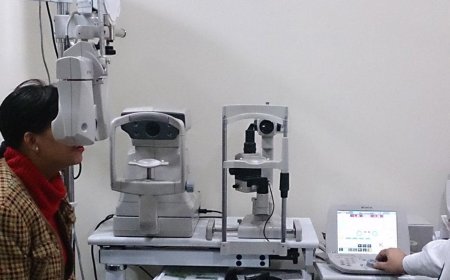Understanding Enteric Coated Drugs: Key Benefits and Limitations
Discover the role of enteric-coated drugs in modern medicine, their advantages in protecting drugs from stomach acid, and the challenges they present in drug delivery.

Introduction:
Enteric-coated drugs have revolutionized the pharmaceutical industry by offering a solution for medications that are vulnerable to the acidic environment of the stomach. These drugs come with a special coating that prevents their dissolution until they reach the intestine, where the pH is more suitable for absorption. The use of enteric coatings is particularly beneficial for drugs that can be degraded by stomach acid or cause irritation when released too early. This type of formulation is becoming increasingly popular for optimizing drug efficacy and patient comfort.
Advantages of Enteric-Coated Drugs:
- Protection Against Stomach Acid: Many drugs, such as enzymes or certain antibiotics, can be broken down by stomach acid. Enteric coatings ensure these drugs reach the intestines intact, where they can be absorbed efficiently.
- Reduced Stomach Irritation: Some medications, especially those used for pain relief or anti-inflammatories, can irritate the stomach lining. Enteric-coated drugs reduce this risk by preventing the release of the medication in the stomach.
- Improved Bioavailability: By delaying the release until the drug reaches the intestine, enteric coatings can improve the overall absorption and efficacy of the medication, leading to better therapeutic outcomes.
- Targeted Delivery: Certain drugs, like those used to treat intestinal conditions (e.g., Crohn's disease or ulcerative colitis), need to be released in the intestines to have the desired effect. Enteric coatings ensure this targeted delivery.
Disadvantages of Enteric-Coated Drugs:
- Slow Onset of Action: One downside of enteric-coated drugs is the delayed release, which can slow down the drug's onset of action. This may not be suitable for medications that require rapid relief, such as painkillers.
- Higher Cost: The complex process of manufacturing enteric-coated drugs makes them more expensive compared to non-coated alternatives. This can make these medications less accessible for some patients.
- Inconsistent Absorption: Factors such as the pH of a person's digestive system, food intake, or digestive issues may affect how and when the coating dissolves. This can lead to inconsistent drug absorption and varied therapeutic effects.
- Potential Coating Failure: In rare instances, the enteric coating may dissolve prematurely or not at all, impacting the drug's efficacy. This is more likely in patients with certain gastrointestinal conditions.
Conclusion:
Enteric-coated drugs have become an essential part of modern drug delivery systems, providing protection to sensitive drugs, enhancing absorption, and reducing the risk of stomach irritation. While they offer numerous benefits, their delayed action and higher production costs pose challenges. Despite these drawbacks, the targeted and efficient delivery offered by enteric coatings makes them a crucial option for certain medications, particularly for those requiring protection from stomach acid or intended for intestinal release.
What's Your Reaction?














![Noots Focus Reviews [Truth Exposed 2025]!](https://news.bangboxonline.com/uploads/images/202501/image_430x256_678e3b94881a1.jpg)
![Vivalis Male Enhancement: The Must-Know Ingredients [2025 Update]](https://news.bangboxonline.com/uploads/images/202501/image_430x256_678e3b54e396c.jpg)











